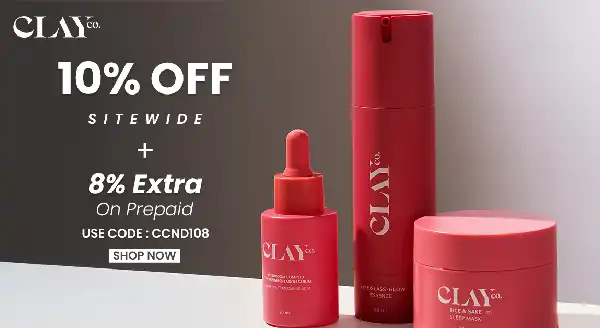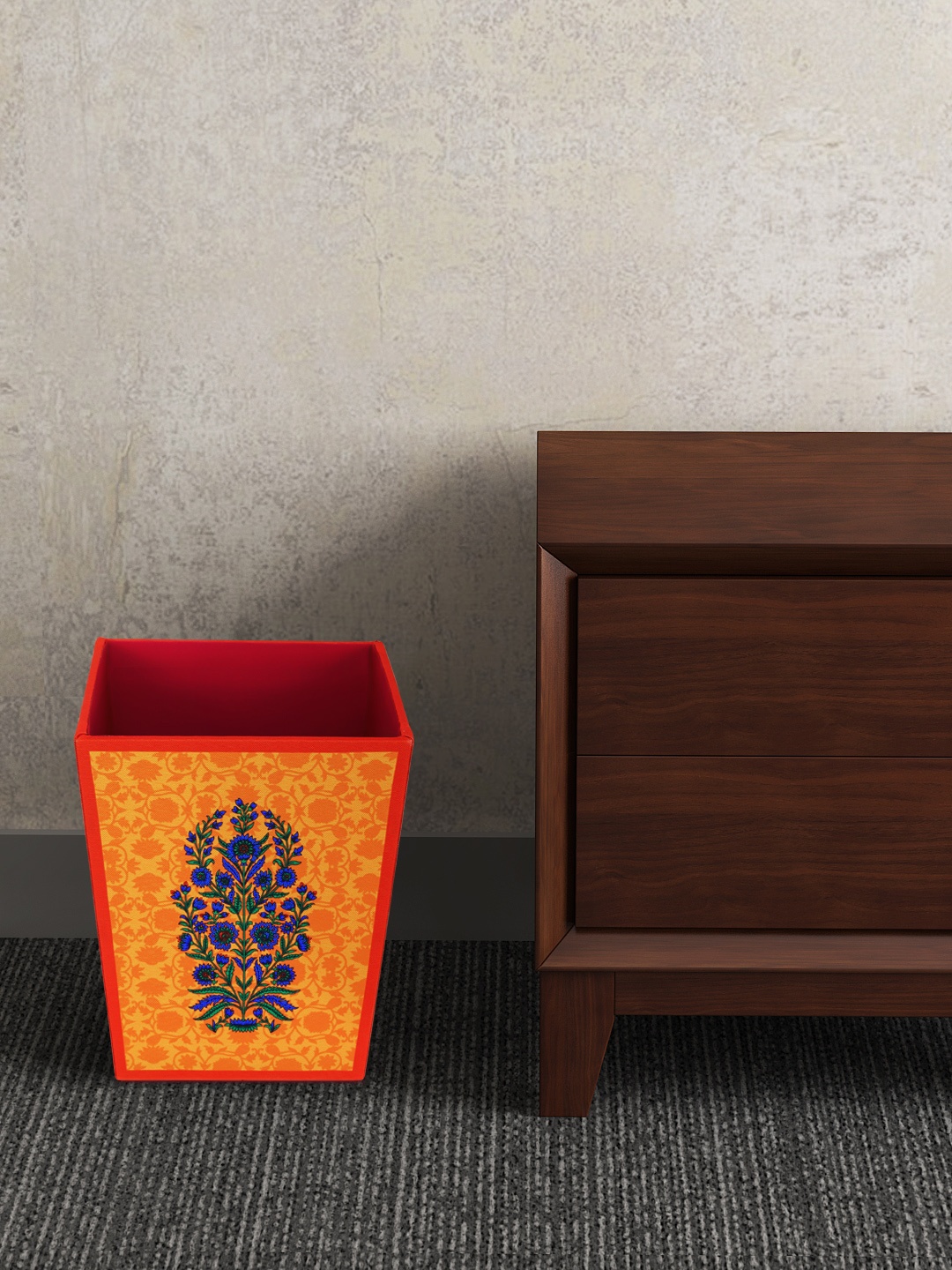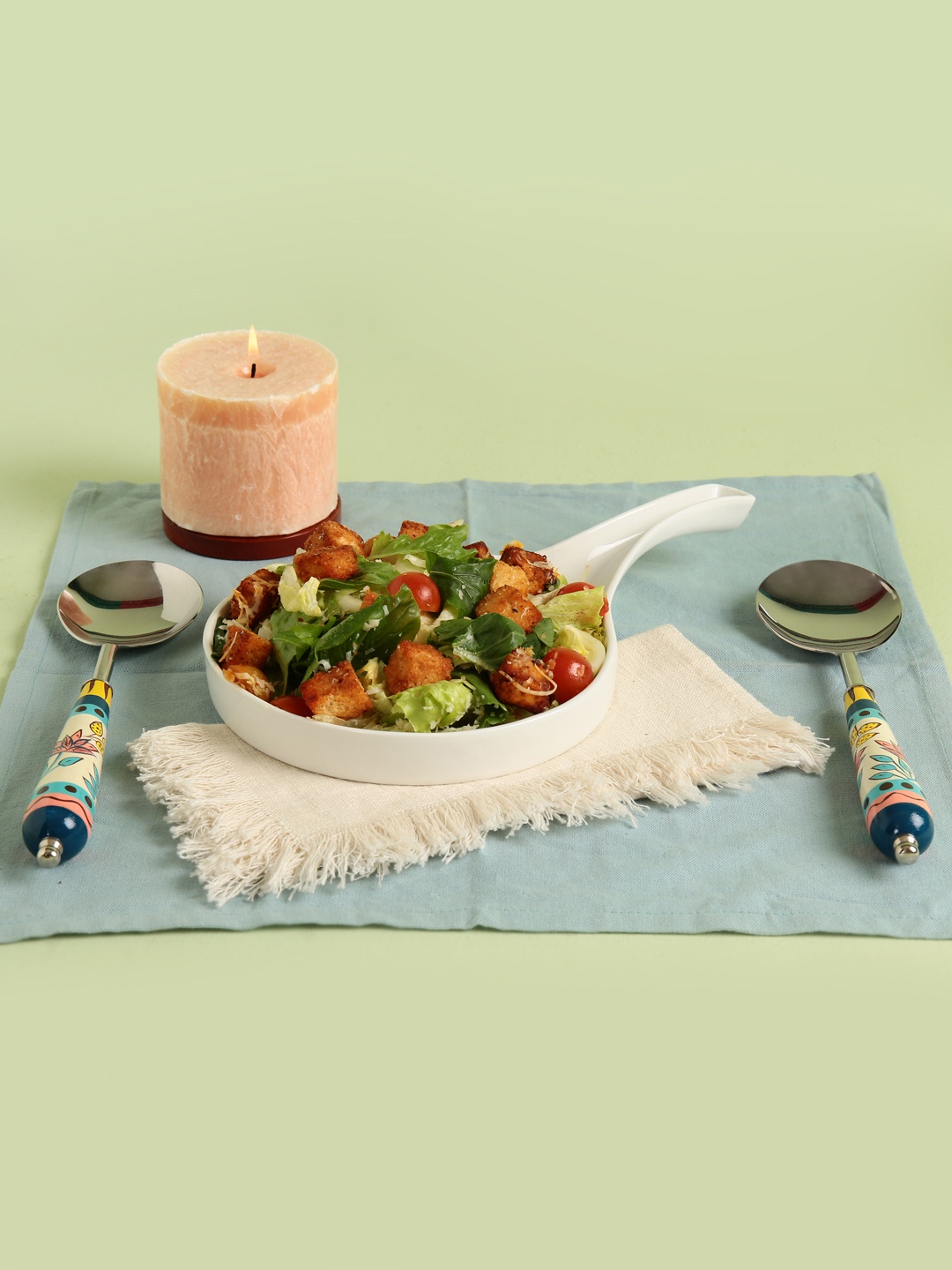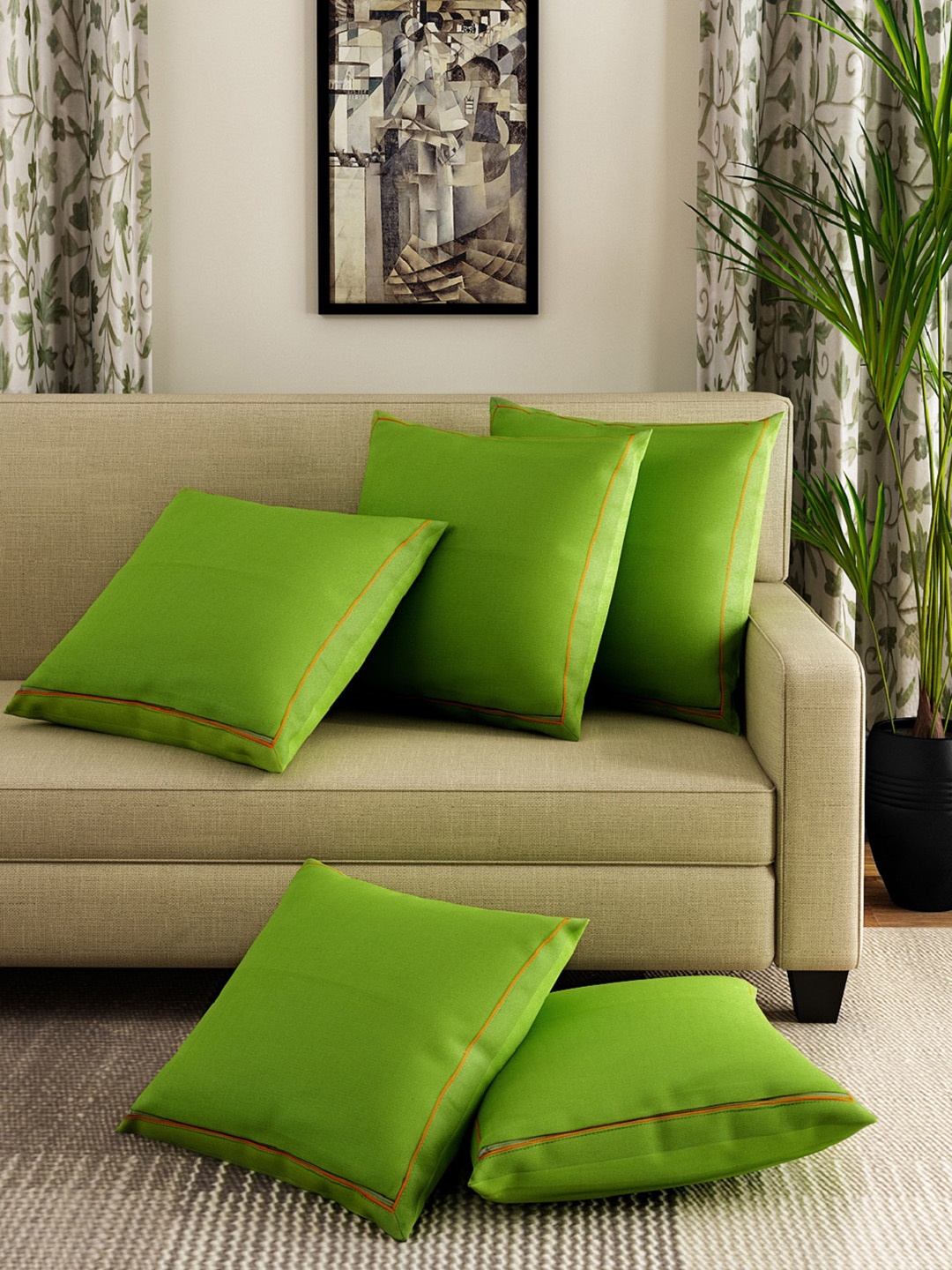Organized Playroom: Picking Open Shelf vs Closed Cabinet For Toy Storage Solutions
Tired of tripping over Lego blocks or missing doll shoes? When it comes to organising kids’ toys, the big question looms, open shelf or closed cabinet? This is a comparison to help you decide what suits your space, your child and your sanity.

Open vs. Closed Storage: Best Toy Solutions for an Organized, Clutter-Free Home
Open Shelf vs Closed Cabinet For Toy Storage: A home with children often has a soundtrack of laughter, chaos, and the unmistakable crunch of stepping on a stray toy. Amid the daily juggle of work, meals, school runs, and bedtime stories, toy organisation often becomes a silent battle. Whether it's a single corner of the bedroom or a dedicated play area, finding the right storage solution can be the difference between calm and clutter. Open shelves and closed cabinets are two of the most popular toy storage options. Each has its own charm, convenience, and drawbacks.
But how do they hold up in the bustle of everyday life? Is one better than the other, or is it a matter of personal rhythm and routine? Here's a deep dive into what works, what doesn't, and what might surprise you.
Smart Toy Organization: Exploring Open vs. Closed Storage Solutions for Every Home; Photo Credit: Pexels
1. Accessibility for Little Hands
Open shelves are like an open invitation; children can see their toys, reach them easily, and (hopefully) return them after playtime. Something is empowering about allowing a child to make independent choices. That shelf full of building blocks or storybooks calls out to them, fostering a sense of ownership and responsibility.
Closed cabinets, on the other hand, often come with latches, knobs, or higher placement, which might require adult assistance. For younger children, this means more dependency and sometimes frustration. However, for parents looking to limit screen-time battles or the non-stop dumping of toys, a little barrier might be a blessing.
What works best? It depends on your parenting style. For those who believe in self-directed play, open shelving wins. But if controlling chaos is key, cabinets offer a useful boundary.
2. Visual Appeal and Aesthetics
Let's be honest, open shelves can look picture-perfect, especially when toys are neatly arranged in cute baskets or colour-coded bins. They bring a cheerful splash of colour to any room, and when styled right, they double up as décor.
The catch? They rarely stay that way. Once the whirlwind of daily play begins, those adorable arrangements quickly turn into cluttered chaos.
Closed cabinets, on the other hand, offer a clean, sleek look. With the doors shut, it doesn't matter if the inside looks like a mini cyclone hit, it's all hidden. For homes aiming for a minimalist or tidy look, closed cabinets are a safe bet.
A mixed approach, like closed cabinets with one or two open cubbies, can balance both worlds. It's about aesthetics and sanity coexisting under the same roof.
Maximizing Space: Open vs. Closed Storage Solutions for Ultimate Toy Organization; Photo Credit: Pexels
3. Encouraging Organisation Habits
Teaching children to clean up after themselves is a life skill, and storage can play a part in that. Open shelves make tidying up a visual task. Kids can match toys with their visible spots, making it more intuitive.
Closed cabinets might require a bit more direction. If the cabinet has bins inside, it helps, but there's always a risk of things being dumped out of sight and out of mind. Over time, the "just shove it in and shut the door" method may become the go-to.
For fostering early habits in little ones, open shelving gives immediate feedback, things look neat when put in place. It's a subtle way to encourage effort and attention to detail.
4. Dust and Maintenance Realities
One of the less glamorous truths of open shelves is the dust. In most homes, especially in cities where dust seems to settle faster than a cup of chai cools, keeping toys on open display means regular cleaning. Plush toys in particular can become dust magnets, which is not ideal for children prone to allergies.
Closed cabinets protect toys from environmental grime. This makes them a better long-term storage solution for lesser-used toys or collectibles. For families where hygiene is a top concern, especially with toddlers who love putting everything in their mouths, a cabinet offers a safer haven.
So, if cleanliness and lower maintenance are priorities, cabinets clearly edge ahead.
Also Read: Your Home Will Look Clutter-Free If You Buy Budget-Friendly Wall Hanging Organisers Now On Myntra
5. Space Utilisation in Compact Homes
In homes where space is a premium, every corner must earn its keep. Open shelves, while charming, tend to demand more breathing room. Toys spill out. Arrangements get messy. Over time, it can feel like the shelves are taking over the room.
Closed cabinets, especially vertical ones, make smarter use of space. You can stack, compartmentalise, and store with minimal footprint. Plus, they're often multifunctional, doubling as a study table, display unit, or even a wardrobe.
If you're working with a 2BHK and more toys than you can count, a sleek cabinet might be the storage hero you didn't know you needed.
6. Budget and DIY Potential
Cost plays a crucial role in any storage decision. Open shelves are generally more affordable, especially if you're willing to roll up your sleeves. A few wall-mounted shelves or repurposed crates can do the trick. Even low-cost plastic racks from local stores can work wonders.
Closed cabinets tend to be more expensive, particularly if customised. Quality materials, hinges, and finishes drive up costs. A decent toy cabinet from a reputed brand could set you back ₹6,000–₹15,000, whereas an open shelf solution can be managed within ₹2,000–₹5,000.
For families watching the budget or looking for weekend DIY projects, open shelves are the easier and cheaper route.
7. Age-Appropriate Considerations
What works for a toddler may not suit a school-going child. For toddlers, safety is a top concern. Open shelves, if kept low, offer easy access without the risk of climbing or falling. They're also great for teaching names, colours, and sorting skills.
Older children might benefit from closed cabinets. They come with secrets, places to hide diaries, craft projects, or even snacks! It gives them a sense of privacy and control.
So, consider the age bracket. For a family with mixed-age children, a combination setup, with low open shelves and a couple of cabinets, strikes a good balance.
8. Customisation and Growth
Children grow fast, and so do their belongings. A shelf that once held stuffed toys might later need to fit board games, books, and science kits. Open shelves offer limited flexibility unless modular.
Closed cabinets, especially ones with adjustable interiors, are more adaptable. You can add shelves, swap bins, or repurpose the cabinet altogether as the child grows. Some clever designs even evolve into study desks or wardrobes.
If you're thinking long-term, investing in a versatile closed unit may be more future-proof.
Understanding your child's temperament is key. For the imaginative wanderers, open shelves fuel creativity. For those easily overwhelmed, a calm, closed system might be just what they need.
Products Related To This Article
1. Kuber Industries Cotton 45L Toys Organizer for Kids' Room
2. STAR WORK 25 Liters/Toy Storage Box Large Size
3. FLIPZON Baby Wardrobe Plastic Multipurpose 6 Shelves
4. Joyful Studio 5 XL Plastic Modular Drawer System for Home
5. Kuber Industries 7 Layer Heavy Duty Plastic Storage Drawer with Wheels
In the end, there's no one-size-fits-all answer. Open shelves and closed cabinets each bring their strengths, and a few quirks, to the table. The choice depends on your child's age, your home layout, your design sense, and how much daily mess you're willing to embrace.
A blended approach often works best. Open shelves for the daily go-to toys, and a closed cabinet for seasonal or messier items. What matters most is creating a space that grows with your child and reflects your family's unique rhythm.
Because in the chaos of colours, giggles, and scattered puzzle pieces, what matters is this: a space that lets your child be a child, and keeps your living room floor visible. Shop Now On Amazon
Disclaimer: The images used in this article are for illustration purposes only. They may not be an exact representation of the products, categories, and brands listed in this article.





















![Steam Iron Teflon Shoe Cover for ES-300,ST-96 [Only For ES-300 and ST-96 Model Electric Steam Irons]](https://m.media-amazon.com/images/I/51wwkttondL._SL160_.jpg)






